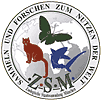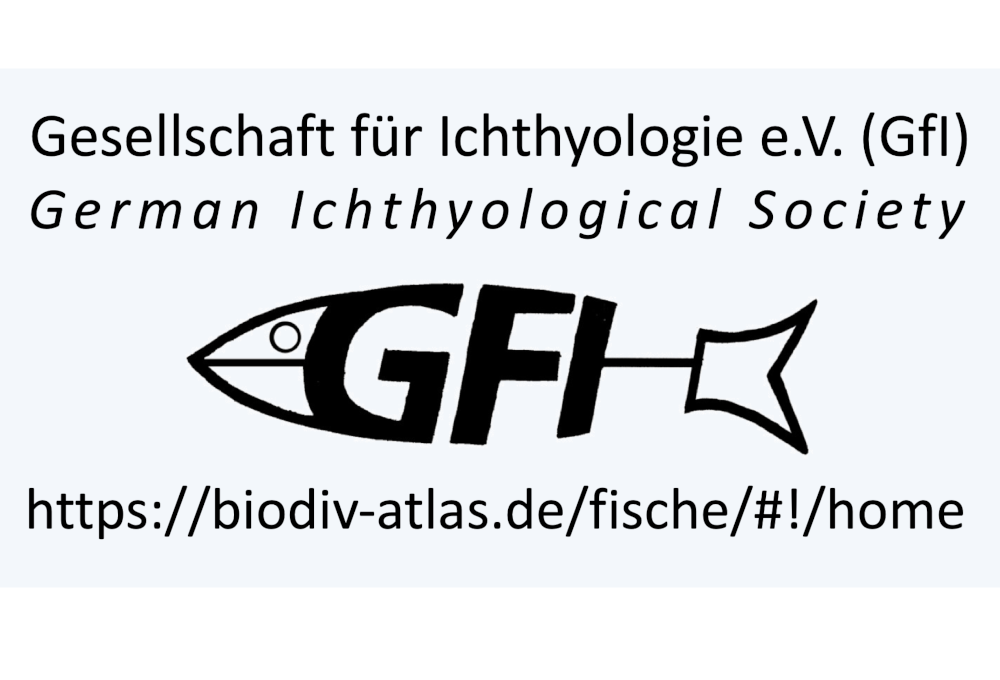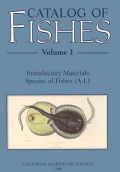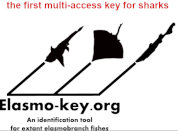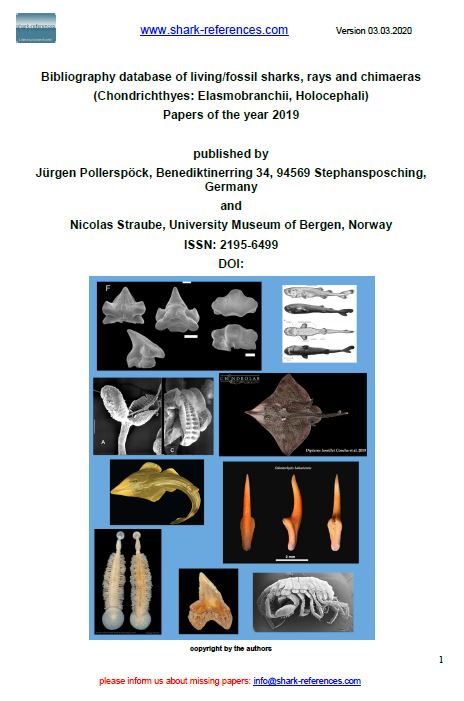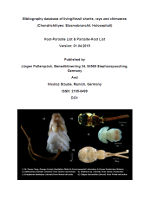
Notizen zu einem Profil der Selachier-Fundstelle Walbertsweiler im Bereich der miozänen Oberen Meeresmolasse Süddeutschlands. Münchner Geowissenschaftliche Abhandlungen Reihe A, Geologie und Paläontologie, 19, 195–208
Die marinen Sedimente (jüngere OMM, St. Galler-Formation) am Südwestrand der Hörnlischüttung (Ostschweiz) und die palökologische Interpretation ihres Fossilinhaltes. Eclogae Geologicae Helvetiae, 88(3), 885–909

Les élasmobranches fossiles du Paléogène des Landes (Sud-Ouest, France). Implications dans la connaissance des communautés d'élasmobranches d'eaux profondes. Evolution des Squaliformes et paléoécologie. 211 p., 23 fig., annexes, 40 pl. Dipl. Doct., Univ. Montpellier II.

Nouvelles faunes de sélaciens (Elasmobranchii, Neoselachii) de l'Éocène des Landes (Sud-Ouest, France). Implication dans les connaissances des communautés d'eaux profondes. Palaeo Ichthyologica, 10, 1–128
Contribution of Eocene sharks and rays from southern France to the history of deep-sea selachians. Acta Geologica Polonica, 58(2), 257–260

Inventaire des Élasmobranches (requins, raies, chimères) des dépôts molassiques du Sud-Luberon (Miocène supérieur), à Cabrières d'Aigues (Vaucluse) France. Courriers scientifiques du Parc Régional du Lubéron, Hors Série, 1–100

Late Miocene chondrichthyans from Lago Bayano, Panama: Functional diversity, environment and biogeography. Journal of Paleontology, 91(3), 512–547
DOI: 10.1017/jpa.2017.5

A mesopelagic selachian fauna from the middle Eocene of St. Pankraz (Austria) reveals homogeneity in deep-marine environments during the warm period in Europe. Neues Jahrbuch für Geologie und Paläontologie, Abhandlungen, 301(1), 25–63
DOI: 10.1127/njgpa/2021/0996
Trophic relationships in the Early Miocene Upper Marine Molasse of Baden-Württemberg, Southwest Germany, with special emphasis on the elasmobranch fauna. Palaeontologia Electronica, 26(3), Article a46
DOI: 10.26879/1233
